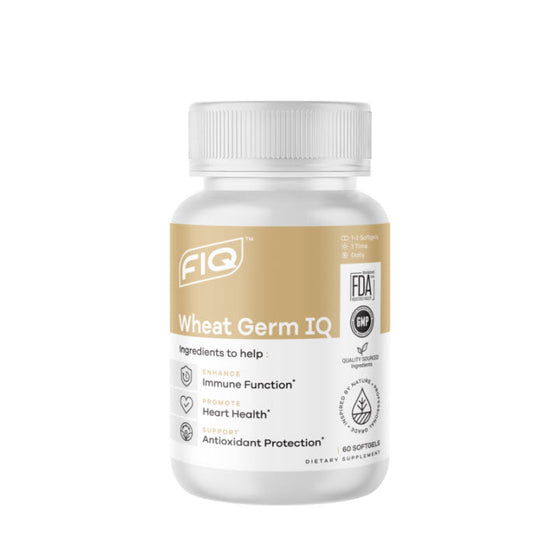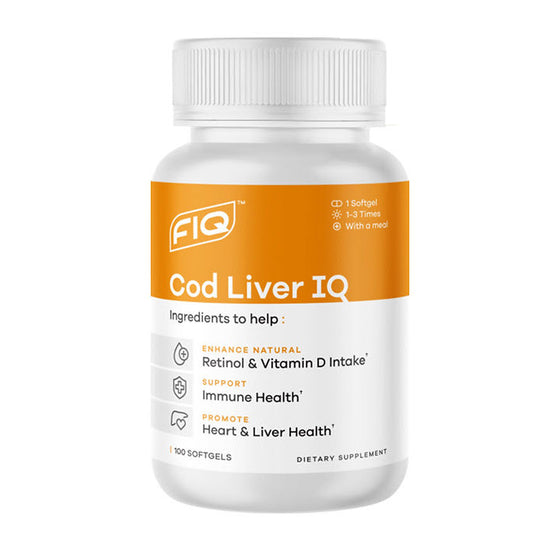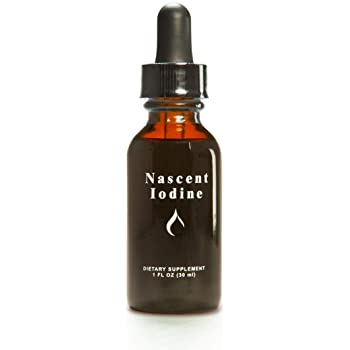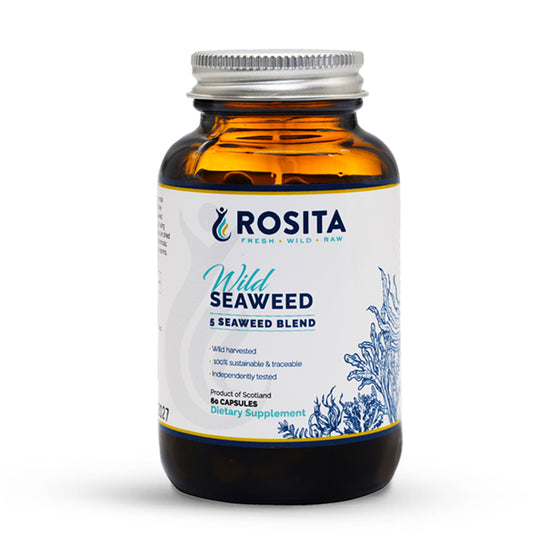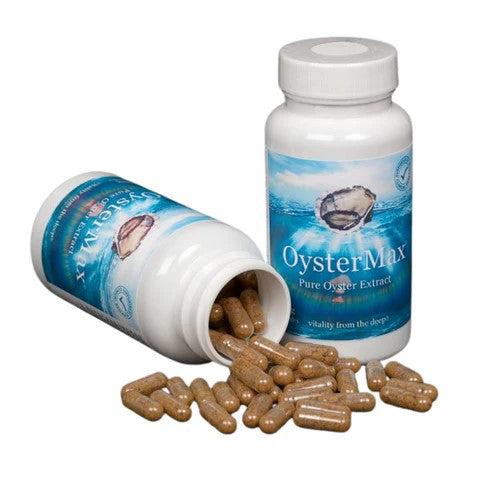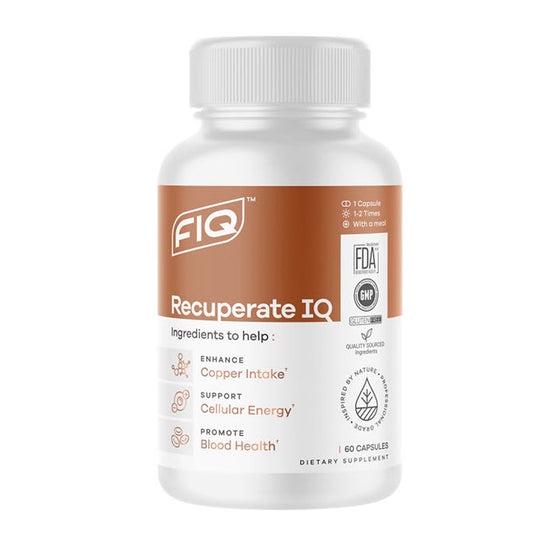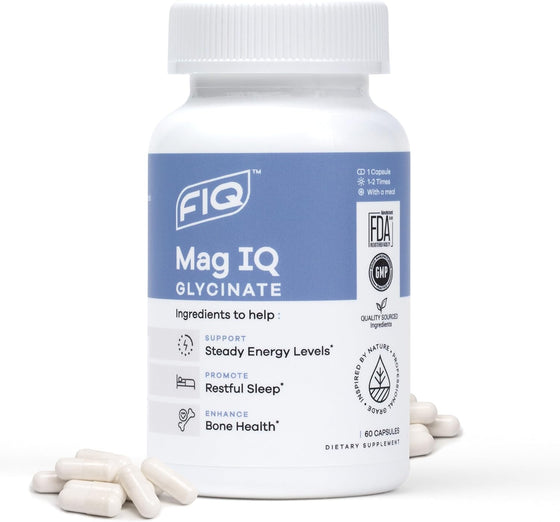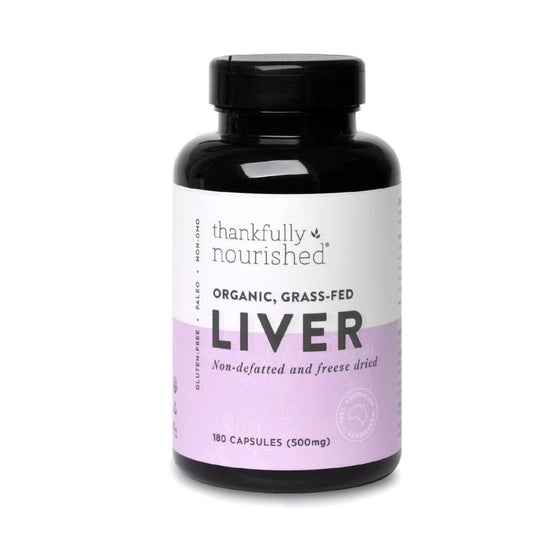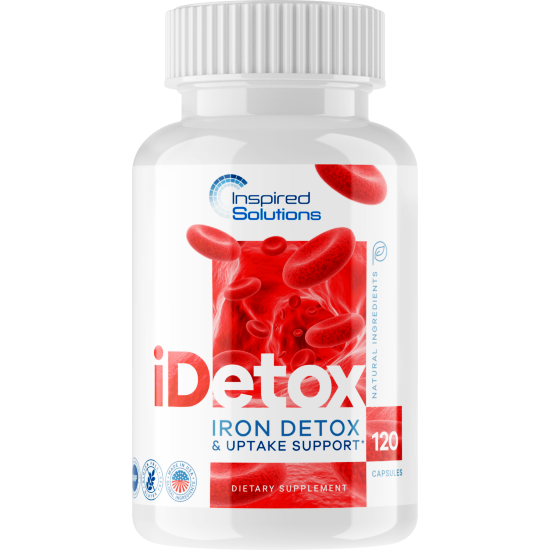
HTMA (Hair Tissue Mineral Analysis) - Profile 2
HTMA is a safe and non-invasive pathology test. It measures the levels and comparative ratios of nutrient and toxic minerals found in hair. HTMA is regarded by many doctors, naturopaths and nutritional therapists as one of the most valuable screening tools available in everyday and preventative health care.
Benefits of HTMA:
- Safe, scientific, non-invasive pathology test.
- Reliable data on more than 35 nutrient and toxic minerals, and over 25 important mineral ratios.
- Valuable health information often not revealed in standard blood and urine tests.
- Discovery of nutrient mineral imbalances or toxic mineral excesses that may be affecting your health.
- Personalised patient and doctor interpretive test reports that assess your current mineral status, highlight areas of concern and recommend dietary changes and supplements for improved health and wellbeing.
Profile 2
This is our most comprehensive and recommended report. It draws on all of our laboratory’s expertise and extensive experience in analysing and interpreting trace mineral patterns in the body. Choose this report if you want detailed information on your nutrient and toxic mineral levels. This report provides a comprehensive interpretation of the results that will assist your practitioner to formulate an appropriate nutritional program for improved health.
Process
We will send you HTMA kit with all required guidelines and process to follow. Once completed, you will need to send the envelope with the samples to our Singapore lab for further process.
Schedule
All HTMA tests are being collected in Singapore and sent to US for analysis. It take 2-3 weeks to get the final results.
How to take a hair tissue sample ?
Taking a hair sample is quick and easy if you follow these instructions:
- Cut hair with clean stainless steel scissors. Thinning scissors can be used on short hair.
- To make the sample less conspicuous, cut small amounts of hair from the nape of the neck and/or several other locations on the back of the scalp.
- Cut hair as close to the scalp as possible.
- If the sampled hair is less than 4cm long, keep all of it for testing. If the hair is longer than this, cut off and keep the 4cm of hair that was growing closest to the scalp (discard the excess).
- Place the hair sample in the envelope provided.
Note: Please provide clean, well-rinsed, untreated and non-coloured hair. If hair is treated or coloured, wait six to eight weeks and take a sample from the freshly grown untreated hair.
How much hair?
The laboratory requires half of one gram (0.5 gm) or about one tablespoon of hair. You can use the hair sample envelope to weight this amount of hair; instructions are printed on the envelope.
What kind of hair?
Head (ie; scalp) hair free from hair dye, colour and hair treatment from the back of the head area is recommended for testing. The freshly grown hair cut from close to the scalp reflects the body’s most recent metabolic activity.If head hair free from hair dye, colour or treatment is not available, pubic hair can be used as an alternative. If there is no hair, clean fingernail clippings can be tested as an alternative sample.
NOTE: Alternative hair tissue samples can be used reliably to monitor toxic mineral levels, but may not always provide nutrient mineral data that is as reliable as head (ie;scalp) hair. Do not mix different types of hair tissue samples, eg; do not mix head hair with pubic hair.
New Arrivals
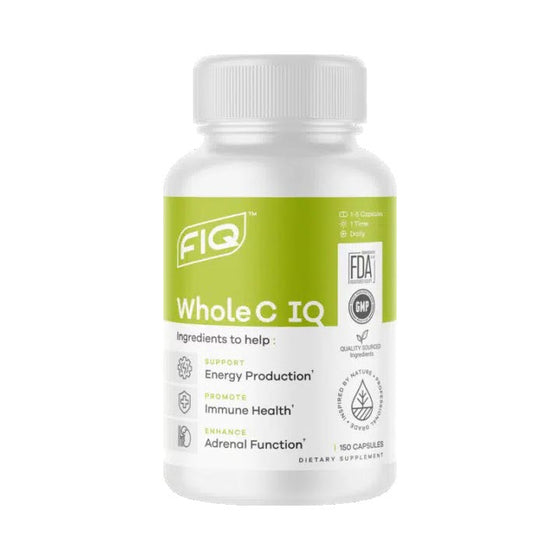
FIQ Whole C IQ 90ct
